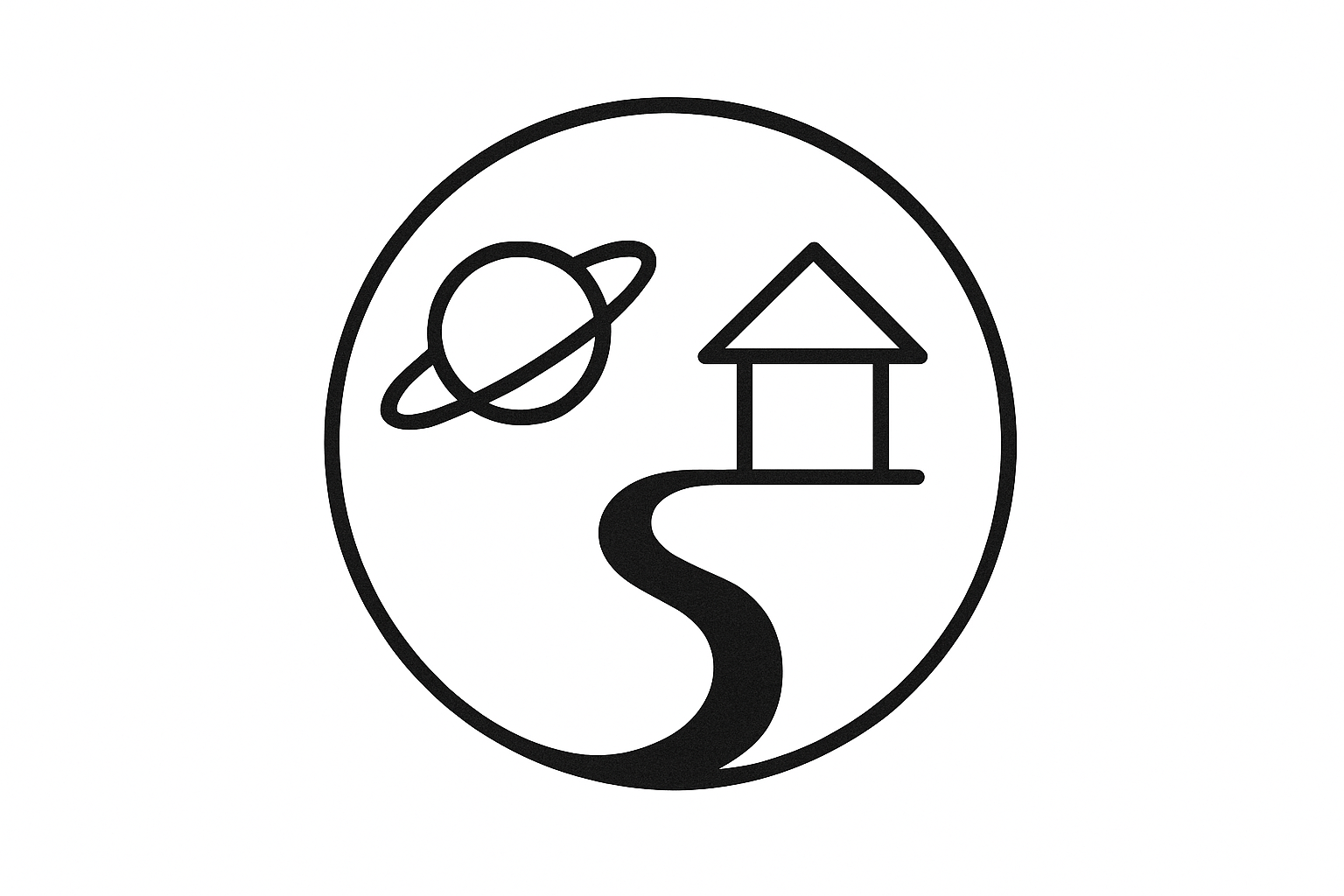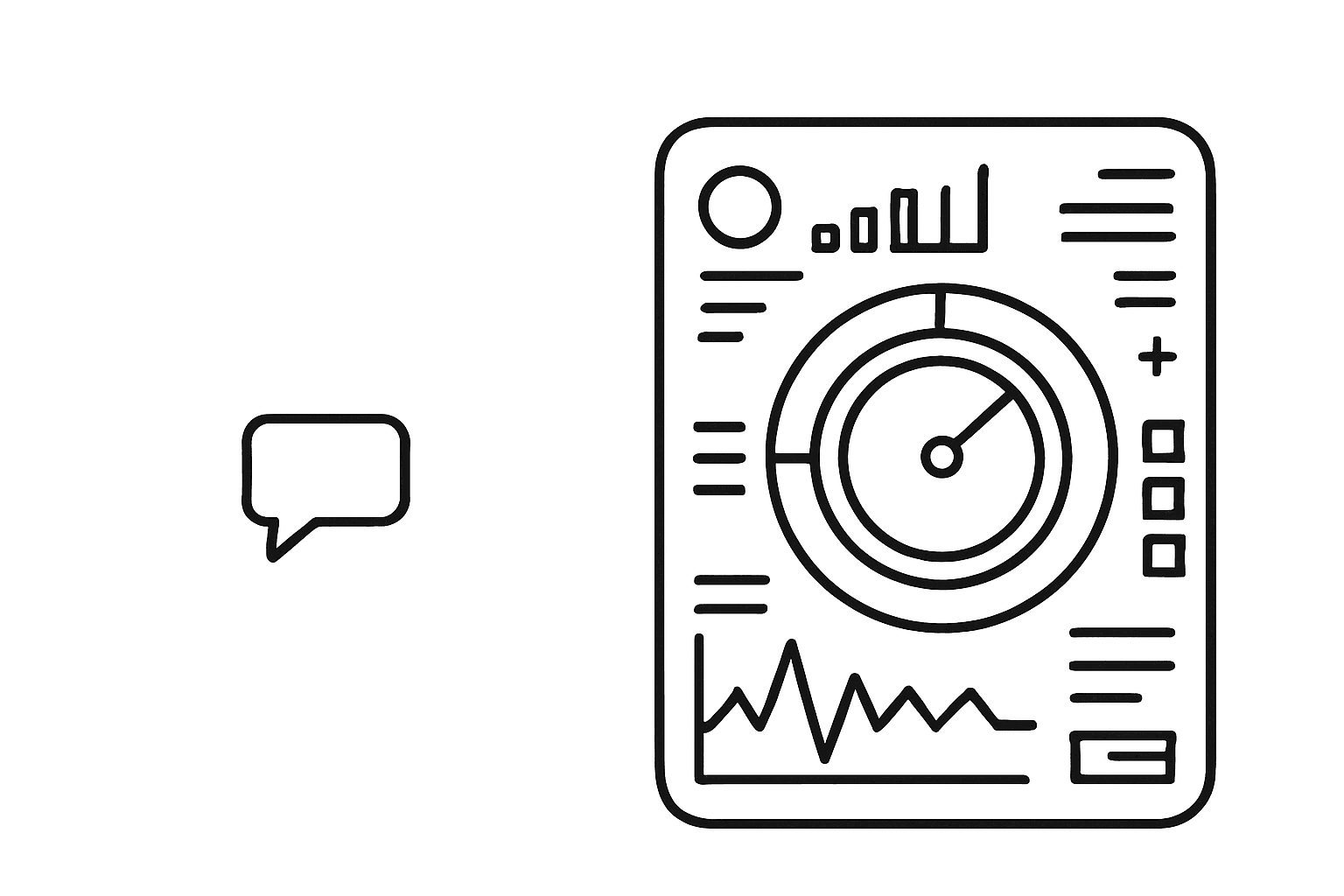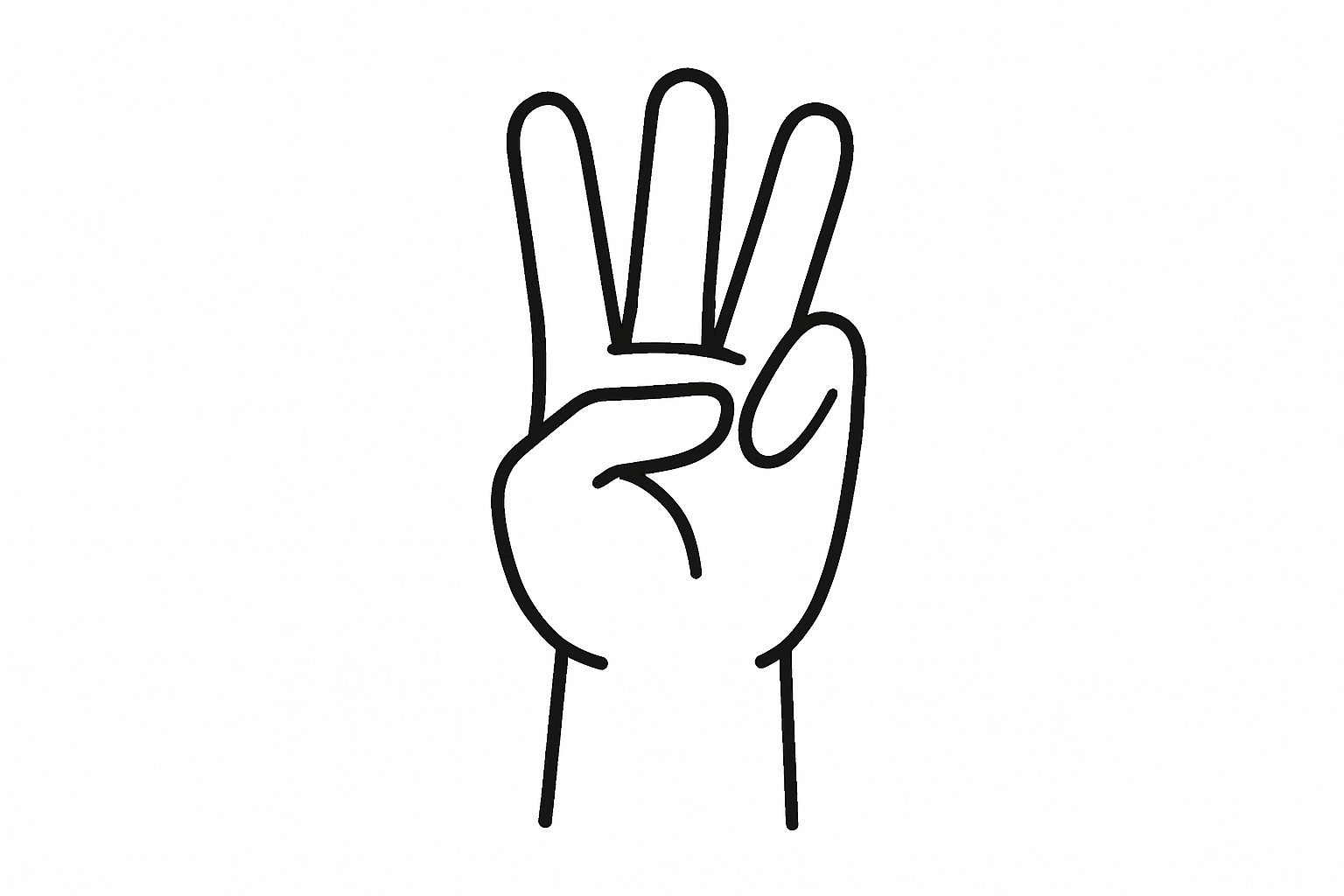A friend reminded me that commerce shadows both art and design—and that design can reach the emotional depths we reserve for ‘fine art.’
I’ve come to a rather simple (and maybe simplistic) understanding:
Art does not need to serve a purpose beyond itself, while all design must serve an external purpose.
This isn’t about quality or depth—both can reach profound heights. It’s about the fundamental nature of each discipline. Design, even at its most experimental or aesthetically driven, must ultimately serve something beyond itself. A chair must invite sitting. A logo must signal identity. A website must simply work. The moment design fails to serve its purpose, it fails as design—no matter how beautiful or thought-provoking it might be.
Art, on the other hand, can exist purely for its own sake. It doesn’t need to serve any purpose beyond its own existence. This doesn’t mean it can’t serve a purpose—art can educate, provoke, comfort, challenge—but it doesn’t need to. Art can simply be.
The Internal Drive
And here’s what I believe to be a second, crucial distinction: True artists need to externalize something inside them. So much so that it cannot be repressed. In my view, authentic artistic creation doesn’t happen in service to an audience, but emerges from this internal necessity.
I can sense when this internal drive is missing. When art is created primarily to please an audience or market, it often feels hollow to me—technically proficient perhaps, but lacking that essential spark that makes art resonate on a deeper level. It’s not that the work isn’t valid or valuable, but it’s operating under design principles (serving an external purpose) while presenting itself as art.
The Commerce Question
Yes, artists need to eat. They sell their work, build their brands, engage with the market. But this is secondary to the act of creation. The true artist would create even if no one was buying. They create because they must.
Designers, by definition, create for others. We solve problems. We communicate messages. We shape experiences. Our success is measured by how well we serve these external purposes. The fact that we might find deep personal fulfillment in this service doesn’t change its fundamental nature.
It’s not a hierarchy; it’s a difference in function.
This distinction isn’t about establishing a hierarchy. Design isn’t “less than” art because it serves a purpose, any more than art is “less than” design because it doesn’t have to. They are different domains with different fundamental natures.
Great design can move us as deeply as great art. It can reshape how we see the world, how we interact with it, how we understand ourselves. But it does this while serving its purpose, not by transcending it.
The Liberation of Purpose
Understanding this distinction liberates us as designers. We don’t need to transcend our service to purpose—it’s the very essence of our craft. Our creativity thrives within constraints, our innovation emerges from problems to solve, our success measured by how well we serve others’ needs.
For years, my website carried this simple statement: “I am a designer by heart and by trade. Luckily design applies to everything.” Look around you—virtually everything human-made that surrounds us has been designed. From the chair you’re sitting in to the words you’re reading, from the cup you’re drinking from to the city outside your window. Each object, each interface, each system was created to serve a purpose beyond itself.
That’s the beauty and reach of design—it shapes our entire built world. And in that way, while art can transcend purpose, design is purpose made manifest.



